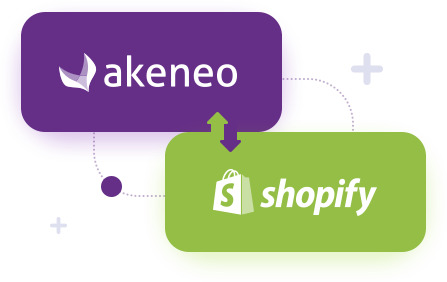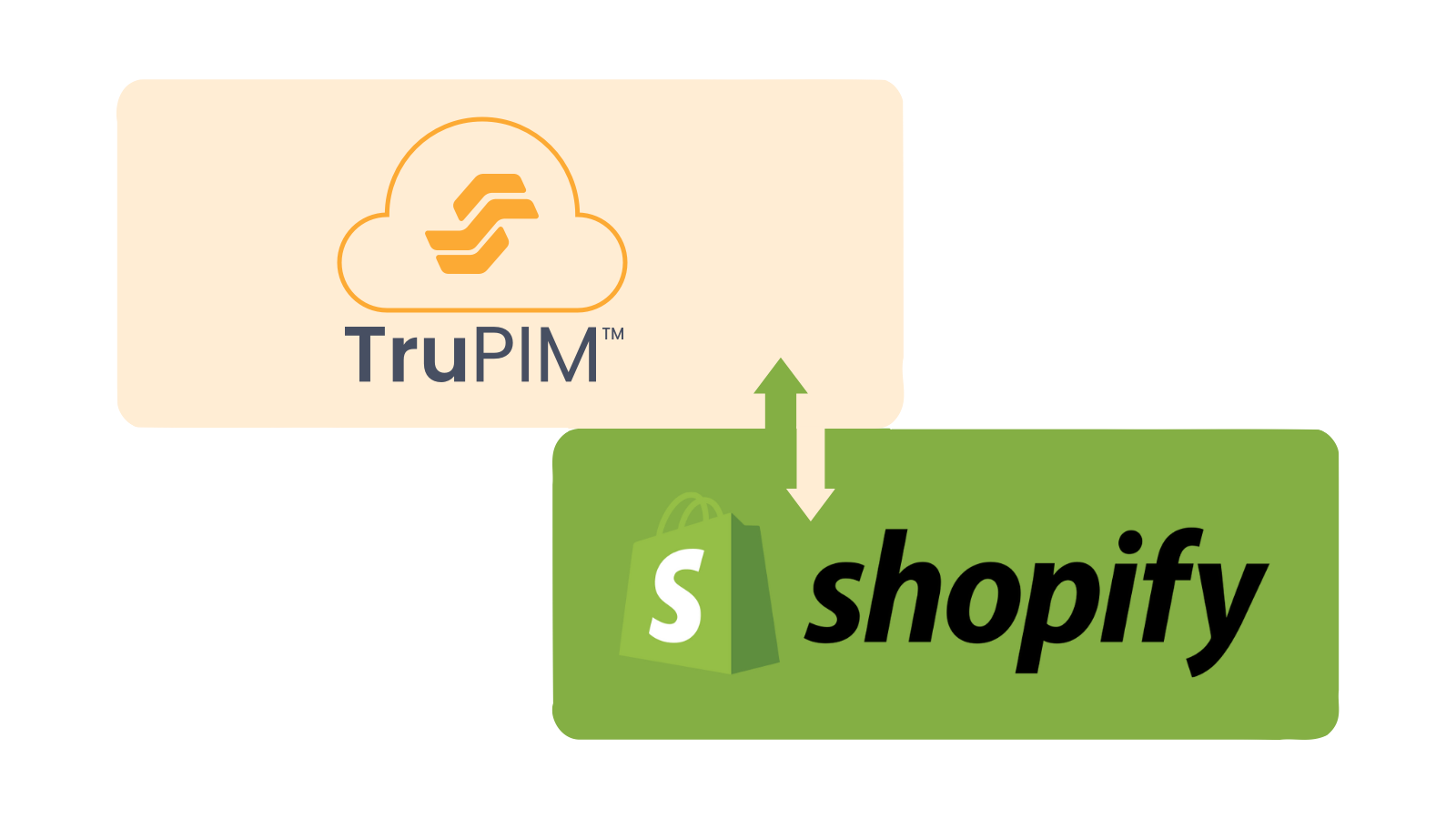


You’ve heard the phrase work smarter not harder. But have you considered it against the backdrop of a highly competitive ecommerce market? Shopify & You estimates more than 1.7M merchants selling using the Shopify platform in 2020.
Many resilient merchants thrived through the pandemic using disruptive technology & automation to adapt to online-offline business models, maintaining their ability to change directions quickly.
How? Enter PIM. A PIM software is the conclusive tool for centralized, automated and error-free product catalog management for ecommerce merchants – the key block in your IT stack to take the pressure off, freeing up your time to focus on growing revenue.
If you run one or more Shopify stores now or plan to start in the future, this definitive guide will make a solid case for Shopify PIM integration, a scalable investment.
Let’s take a look at 7 important reasons why you need PIM to stand out and make your Shopify store absolutely drool-worthy for your customers!
1. High ranking product searches:
The goal is to get your products on the top of the digital shelf, among the first 20 search results. The digital shelf is where consumers interact with brands, discover products, search, compare and purchase them. When you deliver accurate, consistent, and higher quality product information, shoppers can find your products more quickly and easily. But how to achieve this? By leveraging PIM to boost your SEO strategy.
- Complete & consistent titles, descriptions, category pages – PIM simplifies the task of creating high-quality, SEO-friendly product data that boost product findability and searchability
- SEO optimized digital assets – Integrating assets (images, videos) with product information (by connecting PIM & DAM platforms) not only creates visually appealing buying experiences but also heightens your brand’s visibility, making your products more recognizable & findable.
- Automate feeds to websites, search engines, and marketplaces: PIM lets you optimize and automatically export rich product feeds to Google, Facebook, Amazon, eBay, Walmart, etc. It also detects missing SEO data and addresses gaps in your product information.
Infact, poor visibility on digital channels is one of the 7 major challenges in product data management for ecommerce.
2. Automatic enrichment rules that save time:
No copy pasting from clunky spreadsheets. One of the biggest upsides to PIM integration is automation. Time saving, agile data enrichment rules that infuse products with critical data, titles and descriptions, filters, auto-linked assets, relationships, features, styles, collections, sale categories, URL keys, brand logos etc.
Some automation possibilities could be:
- Content Enrichment/Generation: Titles, Descriptions, URL Keys, Bad HTML, Stripping (e.g. when copying & pasting data from Word), Categories, Color Families, Material Families, Translated Titles & Descriptions, Product Tags (e.g. “New” product), etc.
- Product Bundles Setup: Kits, Sets, Bundles, etc.
- Product Associations Setup: Related SKUs, Cross-Sell SKUs, Up-Sell SKUs
- Digital Asset Management: Bulk Image Onboarding from DAM or Other Systems, Linking to Products & Variants, Image Optimization, Image Sequencing, Metadata Enrichment, Image Expiration, Image URL Calculation, Thumbnail & Other Image Generation, Bi-Directional Integration with DAM System
- Promo Price Calculations: Sale Price, Bundle Price Determination, Future Date Price Changes
- Product Status Updates: Enable/Disable Products, Variants, and Kits
- Reference Data Synchronization (ERP to PIM, PIM to eCommerce): Categories, colors, sizes, brands, styles, collections, vendor codes, etc.
Ecommerce sellers need a place to keep their product data sane and its management efficient. With PIM, you get a single view of your product data so everyone across the enterprise sees the same information. Product data structures offer limitless possibilities to grow product assortments. PIM workflows foster tight collaboration between various teams in the organization; customer reps, product design, merchandizing, marketing, copywriters, photographers, translators, and finance teams working in a streamlined manner towards a unified goal drives powerful results.
Convinced that you need a PIM? Read on..
3. PIM makes ecommerce platform migration processes simple:
The significant advantages of compelling platform features following an ecommerce migration to Shopify cannot be overstated. Adopting a PIM system before you consider replatforming is all the more significant! According to Akeneo, ‘ecommerce platforms have a much smaller and less-developed set of product information management features than organizations need to be efficient and productive in delivering a unified commerce strategy. As a result, handling disparate product content from so many sources is a persisting struggle and has a negative impact on the migration rollout’. With a PIM in place, you can feed both, your legacy and new ecommerce platform, at the same time! Making sure the cut over is smooth & efficient without any hiccups for future expansion. What else do you get:
- good data governance
- increased productivity
- increased sales
“PIM users have reported a 40% decrease in product returns, thanks to features such as automated enrichment rules, product completeness monitoring, and validation, which each work to ensure that shoppers are more informed prior to purchase.” – Akeneo
4. Multi-store synchronization:
Managing multiple Shopify stores without a PIM tool can result in several costly and complex scenarios like:
- Duplicating product data sets for each store (think multiple spreadsheets/systems)
- Duplicating catalog update processes across your stores
- Duplicating system integrations with your Shopify stores
PIM makes managing multi-store data easy and keeps it organized and current. PIM is critical to scaling your efforts to manage product data shared across brands, stores, marketplaces, and regions.
5. Ecommerce category page data management:
Shopify products are organized into what Shopify calls collections, not categories. Managing collections (which have no hierarchy) as hierarchical categories in PIM aligns well with how businesses and customers are used to navigating large product catalogs. Effective category data management can yield significant SEO and site performance benefits for Shopify stores, and enable you to respond quickly to latest trends and changing market conditions.
- PIM can generate SEO related category metadata such as bread crumbs, category filters, category page titles & descriptions, images, etc. to help shoppers discover your products on their first search.
- With PIM, you can create new categories and auto assign products easily. This lets you create a greater number of SEO friendly and performance optimized category pages on your site very quickly.
6. Reduced time to market:
Delays in getting your product to market translates to lost sales opportunities. The shorter your time to market, higher chances for consumers to discover & purchase your product instead of a competitor’s.
A PIM integration can enable organizations to move fast in highly competitive markets. Shopify merchants can get to market fast by leveraging these compelling efficiencies created by a PIM solution:
- Centralized product data management: a single source of truth makes it simpler to manage a constantly growing product database with current and perfectly organized product information, that is shared easily across departments, creating agile delivery.
- Eliminates manual processes: automation reduces the risk of errors, duplications and other inconsistencies, creating seamless workflows and shortening time to market.
- Bulk edits: when launch deadlines have to match lightning fast market trends, a PIM let’s you make changes very quickly & efficiently so that you make a single update and all your catalogs are updated.
It has been proven that a PIM like Akeneo has allowed merchants to get new products live up to 80% faster
7: High quality data & improved customer experiences:
PIM is an essential tool for powerful merchandizing. Online sellers who want to be truly multichannel need to have complete, accurate, consistent, accessible and up-to-date product data. Customer acquisition, brand reputation and sales all hinge on ensuring your customers get extremely accurate and relevant product information in front of them.
- Product structures and hierarchies in PIM significantly improve site navigation performance directly resulting in improved customer experiences, for e.g. a customer comparing a product in different colours
- More granular data and consistent titles & descriptions result in highly specific return on customer product searches
- High quality data nurtures trust in brands and helps customers with all the information they need to make a purchase decision, resulting in boosted conversion rates
- Low quality product content are the major reasons for product returns and cart abadonments
Shopify has seen sales grew 97% as more merchants move shops online. It’s a great platform to sell your products. Not as much to manage and control your product data. A PIM integration is the (work smart) special ingredient that will transform your store and make you a top seller.
Properly connecting your PIM software to Shopify can get complex, we can help make it a lot easier and scalable! Get in touch to talk to our solution experts about best practices for integrating PIM with Shopify.
Discover More!



Akeneo PIM Connector for Shopify
StrikeTru’s powerful integration of Akeneo PIM & Shopify APIs is simple, reliable, and secure. Use our connector and make it to market faster.
Learn More


Affordable TruPIM for Shopify
Connect your Shopify online store with TruPIM & launch new products to market faster than the competition.
Learn More







